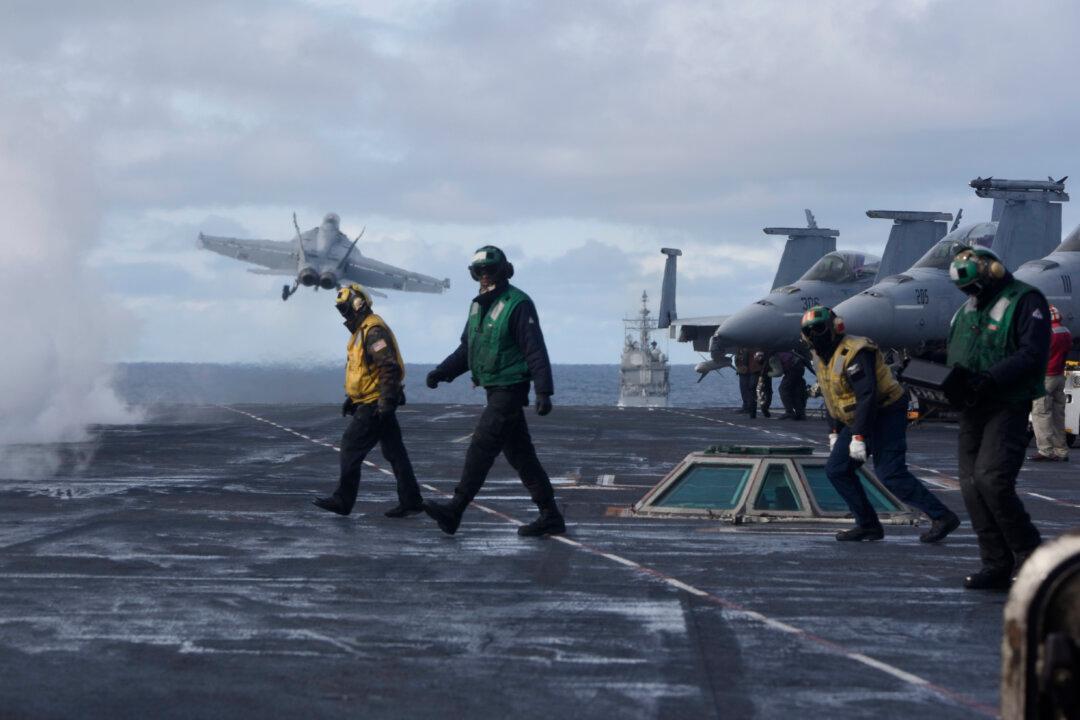American military wives and Iranian Revolutionary Guards used to share the same comfort of the ticking U.S. military clock.
Two, sometimes three years in advance, they knew how the aircraft carrier groups would rotate through the Arabian Gulf and back to U.S. shores. Similarly, China’s commanders, building up their island bases, could rely on the same cycles.





